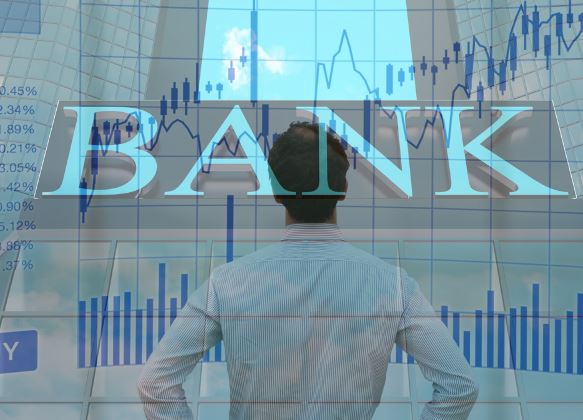Among amateur traders, we’ve noticed they like to use every tool. In addition to offering traders a high-quality trading platform, Fair Forex also prides itself on the tools it offers. Although, you might end up doing more harm than good if you overload your chart with tools and indicators. Indicators may indicate that selling is a good idea, while others might indicate that holding is a better option.
Trading tools help you, but they can cloud your judgment if you look at them all at once. You should decide which of the platform’s built-in tools you will rely on and prioritize over the other indicators if you rely on them.
To make your trading decisions based on bank movements instead, study how banks trade forex if you’re still not adept at using Fair Forex’s tools and interpreting trends. Exactly why? This is because banks are smart money traders, making up 10% of all forex trading activity. Most forex money is traded by institutional traders, while the remaining 90% is traded by retail traders using their accounts.

Banks’ trading strategy
According to the Dow Theory, institutional traders can categorize their trading decisions into three phases using many strategies. Here’s a brief overview of the Dow Theory before discussing banks’ three-phase strategy in forex trading. In the early 20th century, Charles Dow, co-founder of Dow Jones and Company, developed this time-tested technical analysis.
Dow Theory takes a big picture approach. Foreign currency exchange rates fluctuate daily, but those who follow them predict the direction of the primary trend. Traders can use trend patterns to determine the market’s direction by studying Charles Dow’s belief that stocks move in trends. Generally, trends in the stock market tend to last until evidence suggests they are reversing, according to this theory.
Let’s talk about how banks trade forex. The phases of the process are as follows:
1. Accumulation
When the accumulation phase is underway, smart money traders sell and buy in small amounts. The traders avoid trading all their money at once to avoid drastically shifting the market in the direction they want. To avoid giving away any hints, they do it slowly.
A downtrend usually ends with this phase. Retail traders are selling slow price movements and pessimistic outlooks. Despite this, banks continue to buy. During the accumulation phase, prices temporarily go down, so retail forex traders can enter the market at a good time.
2. Manipulation
In a market consolidation stage, the banks can manipulate the market by manipulating the price. To ride out whatever new trend develops, many retail traders keep their positions just above or below the consolidation zone. The downside is that if they move too early and bite the bait of a false breakout, they could wipe out their stop losses by going in the opposite direction of the market trend.
3. Distribution
It is no longer a mystery what the institutions are up to. In an up-trending market, retail traders continue to buy currencies. However, it is essential to note that banks are often sellers when others are buyers and buyers when others are sellers. Retail traders need to be aware of the next trend during the distribution phase.

Bottom line
It is common for banks to facilitate transactions on behalf of their customers, but they can also engage in speculative trading or take positions on behalf of others (proper trading). Since banks do not have unlimited capital, they hedge their exposure when dealing with customers. Learning about forex bank trading strategies is just the first step in mastering forex trading and making it your primary source of income.


